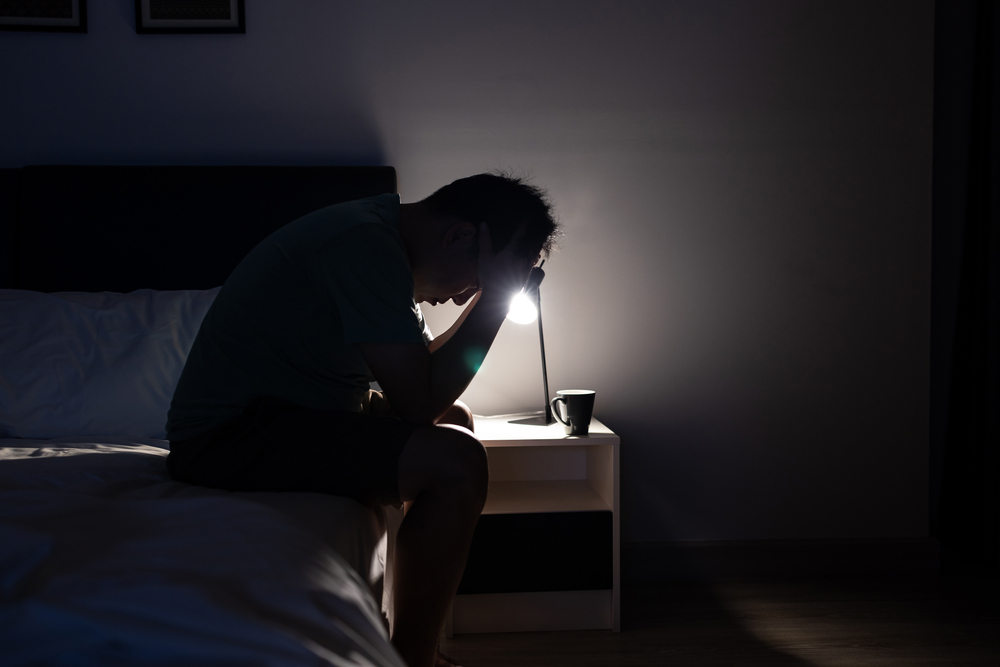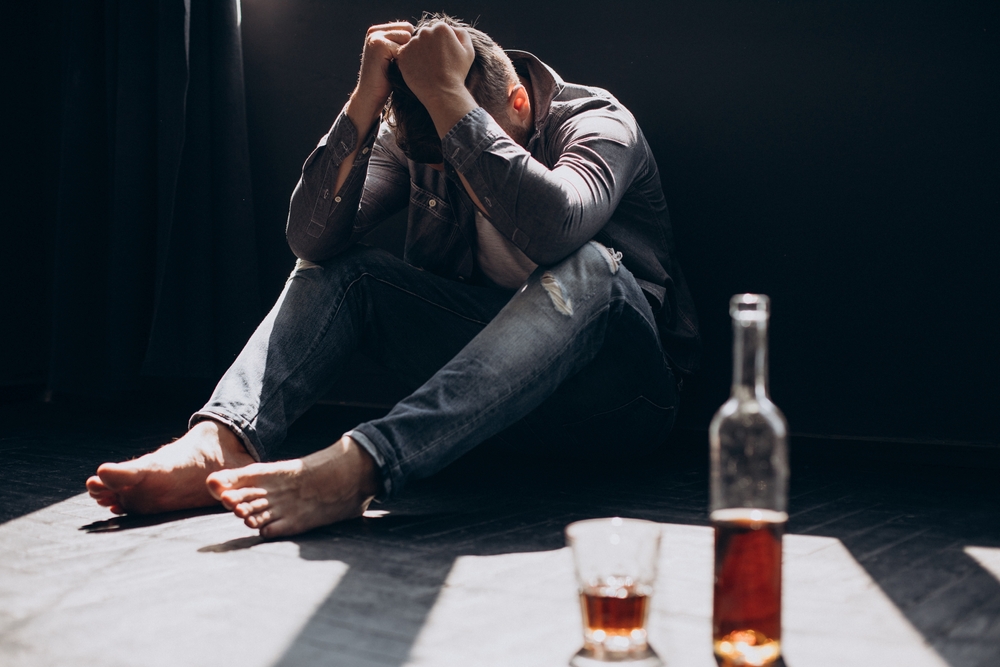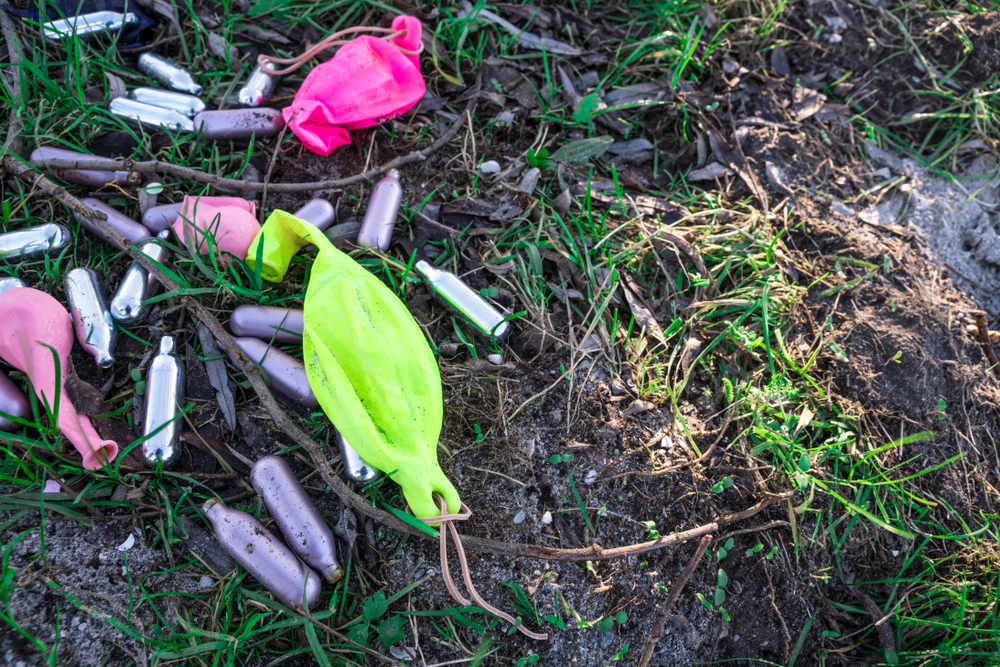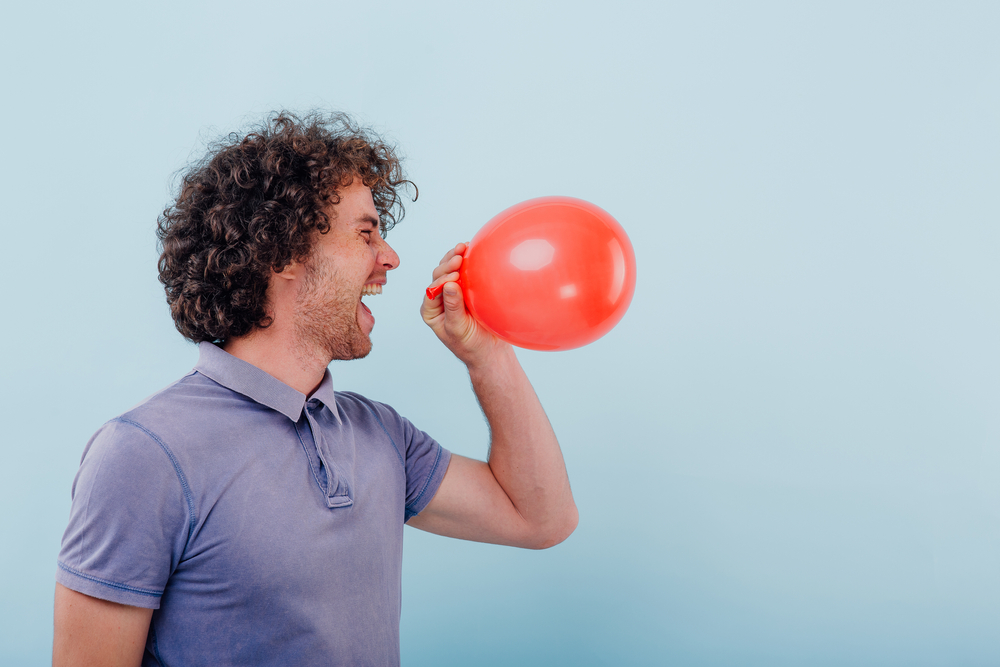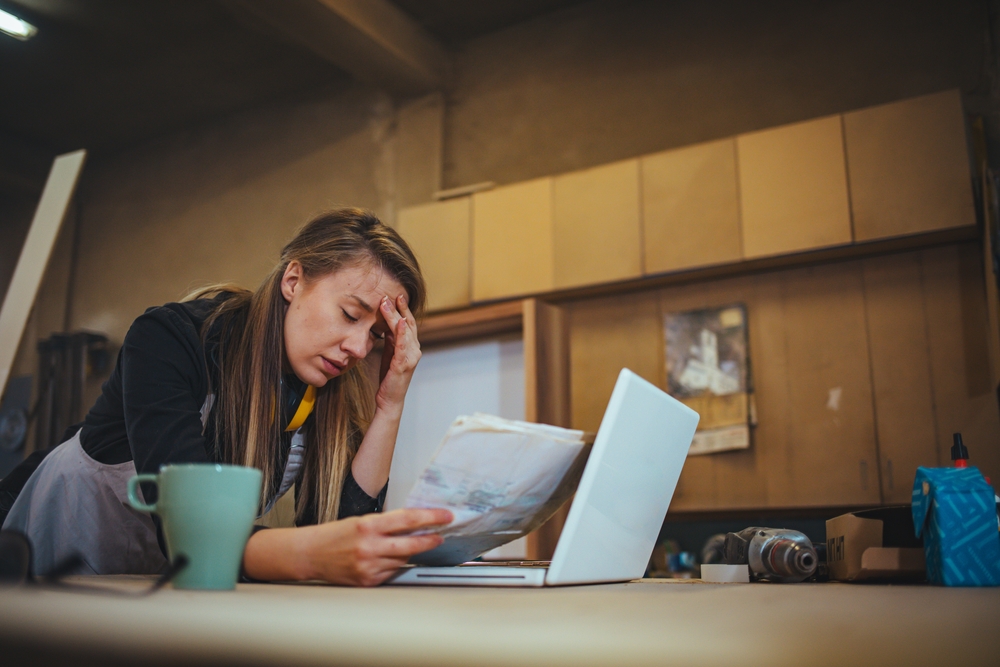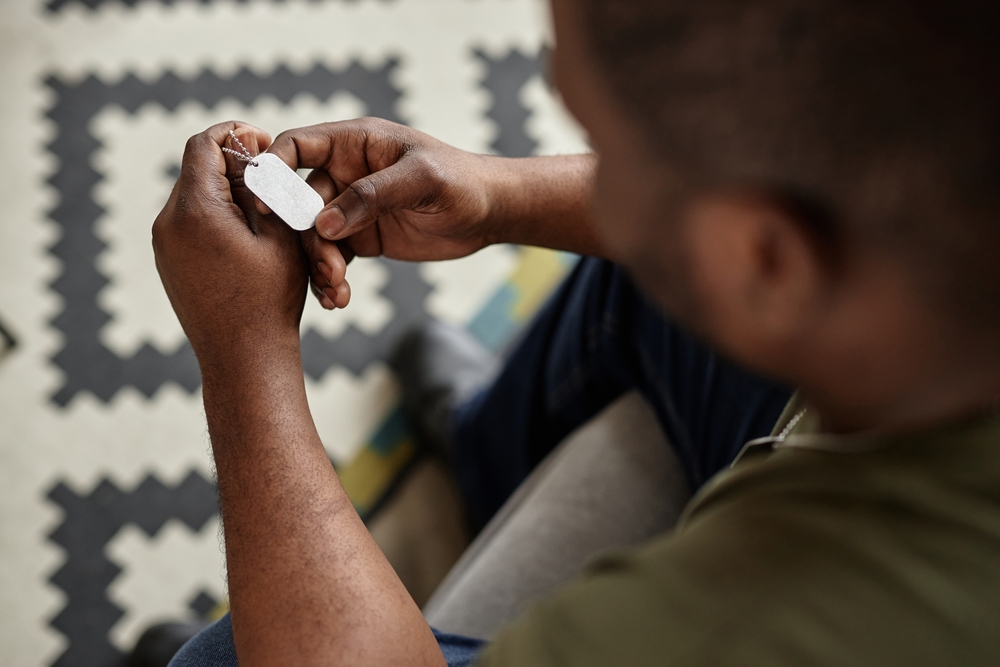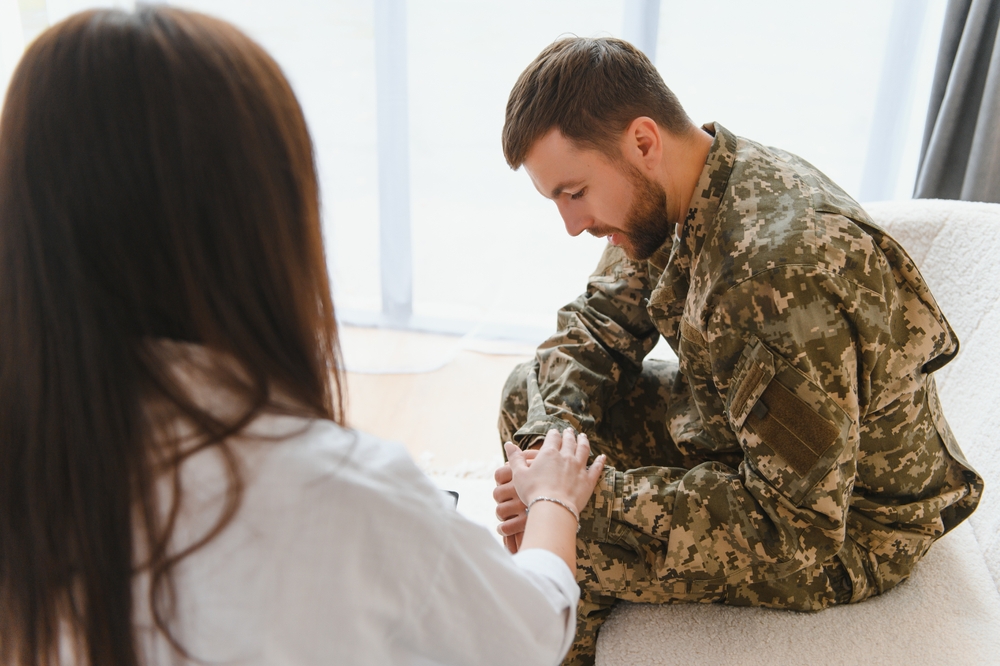The Hunger Games: How Stimulants & Other Drugs Kill Your Appetite
You might have noticed your loved one isn’t eating much lately. Maybe they skip meals or push food around their plate, claiming they’re not hungry. They might be losing weight fast, their mood might seem off, and somewhere deep down, you can’t shake the feeling that something’s wrong. You've heard that illicit drugs kill your appetite, but is that what's going on here?
It’s hard to imagine that drugs could be behind something as basic as appetite loss. But for many people using stimulants or other substances, this is one of the first visible warning signs. Appetite suppression, weight loss, and malnutrition often reveal what words don’t, that your loved one’s body and mind are under intense strain.
Let’s talk about why this happens, what it looks like, and how you can approach it with care and understanding.
Why Drugs Can Destroy the Desire to Eat
Your body is built to maintain balance. Hunger signals, hormones, and metabolism all work together to ensure you eat when you need fuel. But certain drugs hijack that system.

Stimulants, like cocaine, methamphetamine, and some drugs used to treat ADHD, increase dopamine and norepinephrine in the brain. These chemicals boost alertness, focus, and energy. But they also shut down hunger cues. That’s why people using stimulants and other drugs that suppress appetite can often go for hours or even days without eating.
Substances like psychedelics and some prescription medications can alter appetite as well. They change how the brain interprets hunger and fullness, and can even trigger nausea or vomiting after small meals. Over time, it becomes a dangerous cycle that affects every system in the body.
How do Stimulants Cause Weight Loss?
Stimulants speed everything up, from the heart rate to blood pressure to metabolism and how quickly your body burns through nutrients. They also interfere with the brain’s hunger signals and slow down the gastrointestinal system, which makes food seem less appealing. When that happens, your loved one may go hours or even days without eating, often without realizing it.
When someone uses illicit drugs like cocaine or methamphetamine, their body goes into overdrive. These drugs flood the brain with dopamine, the chemical responsible for pleasure and reward. That rush of energy and euphoria suppresses appetite, increases calorie burn, and disrupts normal digestion.
The body starts consuming stored fat and muscle tissue to keep up with the constant energy demand. That’s why cocaine and weight loss are often linked, and why methamphetamine abuse can lead to severe malnutrition and weakness.
Even ADHD medications such as Adderall or Ritalin, which are designed to help people with Attention Deficit Hyperactivity Disorder (ADHD), can cause appetite loss when taken as prescribed. But when misused, they act like street stimulants. The brain becomes overstimulated, food feels unnecessary, and the risk of Adderall addiction increases.
Psychedelics and Appetite Loss
Psychedelics, such as LSD, psilocybin (magic mushrooms), and MDMA, affect the brain in a very different way from stimulants, but they can also lead to appetite loss. These drugs alter how the brain processes perception, mood, and sensory input. In that state, basic needs like hunger, thirst, or even sleep can feel distant or unimportant.
When your loved one uses psychedelics, the brain’s serotonin system is overstimulated. Serotonin influences mood, digestion, and how full or hungry a person feels. A sudden surge of serotonin can suppress appetite, slow down the gastrointestinal system, and sometimes cause nausea and vomiting.
During the experience, food may seem unappealing or irrelevant, leading to long periods without eating or drinking. This decrease in appetite can become a life threatening medical condition in certain situations.
While some people think psychedelics are harmless because they are not as physically addictive as stimulants, repeated use can still have severe consequences. Prolonged appetite suppression can lead to nutrient deficiencies and unintentional weight loss. In some cases, psychedelics can also worsen underlying mental health issues like depression and anxiety once the effects wear off.
How to Tell if Someone is on Drugs and Not Eating

It’s not always easy to tell if someone is struggling with drug use, especially when appetite loss is the main clue. Sometimes that could be due to an eating disorder or other underlying conditions. But there are some tell-tale signs to watch out for:
- Sudden or extreme weight loss without a clear reason
- Skipping meals or saying “I already ate” when they haven’t
- Using excessive amounts of caffeine or energy drinks to stay awake
- Changes in sleep patterns or staying up for long periods
- Noticeable changes in mood like irritability, anxiety, or emotional distance
- A racing heart rate or visible jitteriness
- Complaints of nausea and vomiting
- Frequently avoiding social meals or family dinners
- Signs of poor hygiene or exhaustion
- Unexplained financial struggles or secrecy about money
You might also see classic signs of drug use, like dilated pupils, dry mouth, excessive talking, or bursts of high energy followed by long crashes. They may also show signs of withdrawal, like fatigue, irritability, intense hunger, or depression when the drugs wear off.
The Physical Dangers of Appetite Suppression
When your loved one stops eating because of drug use, the body doesn’t just lose weight. It begins to shut down vital functions. Here’s what long-term appetite loss and stimulant use can do:
- Malnutrition: Without enough protein, vitamins, and minerals, the immune system weakens. Wounds heal slowly, and infections become harder to fight. The body loses strength, making it harder to recover from illness.
- Digestive distress: Stimulants and other drugs slow the gastrointestinal system, leading to constipation, stomach pain, and chronic nausea and vomiting. Even when food is eaten, nutrients aren’t absorbed properly.
- Organ damage: The liver and kidneys strain to filter toxins without the energy or hydration they need. Over time, this can lead to permanent damage and severe dehydration.
- Heart problems: Irregular heart rate and high blood pressure put extreme pressure on the cardiovascular system. In some cases, it can lead to arrhythmias, heart failure, or stroke.
- Mental health decline: Malnutrition and drug use are deeply connected. When the brain is deprived of nutrients, depression and anxiety worsen. That emotional distress can push a person to use more drugs, creating a dangerous cycle.
- Severe weight loss: As the body runs out of energy, it begins breaking down its tissues for fuel. Fat and muscle waste away, leaving the person frail.
What to Do if a Loved One Loses Weight from Drugs

If you suspect drug use, it’s natural to feel scared or unsure of what to say. You might worry about pushing them away or saying the wrong thing. The truth is, your concern matters more than you realize. That’s because it might be the one thing that breaks the silence.
When someone is using drugs and losing weight, they often don’t see the danger, or they convince themselves they have it under control. Hearing genuine concern from someone they trust can be the first step toward recognizing a problem.
Your compassion reminds them they’re not alone. Addiction thrives in secrecy, and when you speak up with care, you interrupt that isolation. You’re showing that you see them and still believe in their ability to improve.
Even if your loved one isn’t ready to talk, knowing that you’re watching out for them plants a seed. It tells them help is available, and recovery is possible. That concern can truly be the lifeline that leads them toward getting the treatment they need.
Finding the Right Support
With the proper care, your loved one can regain control of their life. Recovery is not just about quitting drugs; it is about healing the mind, restoring the body, and rebuilding a sense of purpose. The sooner they get help, the better their chances of reversing the effects of appetite loss, malnutrition, and emotional distress.
At More Than Rehab, we provide comprehensive treatment for individuals struggling with drug use and its physical and mental health effects. Our programs combine medical support, nutritional therapy, and counseling to help your loved one recover safely and fully. Whether it is stimulant misuse, Adderall addiction, or the side effects of street drugs, our team is here to guide them every step of the way.
If you have noticed your loved one losing weight, skipping meals, or showing other signs of drug use, do not wait. Reach out to MTR today and help them take the first step toward a healthier, more stable future.




